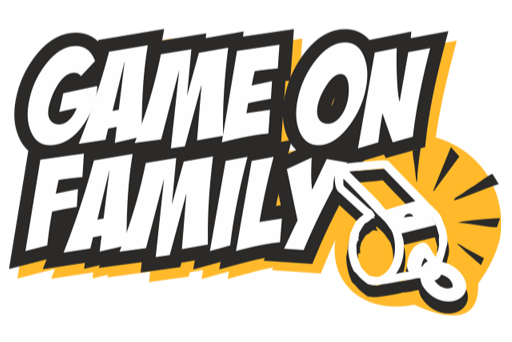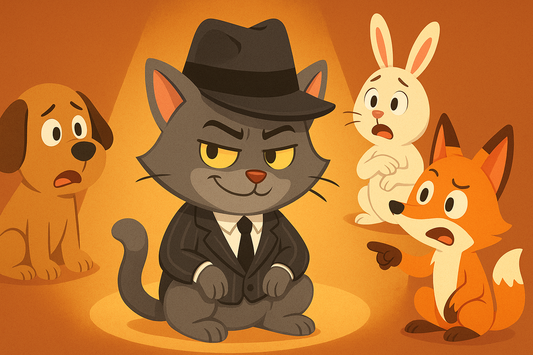
How to Play Emotion Charades
Share
What is Emotions Charades (aka Feelings Charades, or Body Language Charades)
Emotions Charades, sometimes called "Feeling Charades" or "Body Language Charades," is a variation of the classic Charades game, but focused on helping kids connect emotions to facial expressions and body language through game play. Emotional literacy is important because labeling and identifying emotions is the foundation for empathy, social skills, and emotional regulation.
Emotions Charades Age
Emotions Charades is best for ages 6+ so that the kids can read the card prompts. Younger age kids can play with the help of an adult or older kid.
Number of Players
You’ll need 1 adult as a facilitator, and at least two children. Game play is best with 4-12 kids.
Set up
Emotion Charades is really easy to set up. All you need is a list of emotions to get started! Don't worry, we've got your covered with our free printable word cards:
How to Play Emotions Charades
1. Gather 4+ kids
You’ll need 1 adult moderator, such as a parent or teacher, and at least 4 kids. But game play is best with 4-12 kids.
2. Get your word list for emotions
You can use our free list of 120 emotions or choose your own words.
3. Explain the rules and instructions
The goal of this game is to improve the emotional literacy of the children playing, so it’s a good idea to set them up for success. We suggest the following:
- Have a discussion with them about the list of emotions. Talk about what the word means, when you might feel it, and also demonstrate examples of facial expressions and body language of someone feeling that emotion.
- Explain the game play, but saying something like: “When it’s your turn to act out the emotion, you’ll go up front and try to make your face and body look like when someone feels that emotion. Remember, you can only act it out. You can’t talk. That’s the big rule… show it with your body and your face, but no talking.”
- Show them an example by acting it out. For example, go to the front and “yawn” and have them guess for “tired” or a big smile for “happy.”
4. Play the game collaboratively with 1 “actor” and the rest “guessers”
For collaborative play, each child takes a turn as an “actor” and the rest of the kids are guessers (no teams). For this version, you can choose to keep score (to beat your record next time), or not, since everyone is on the same team. [NOTE: For competitive play, split into two teams and keep score. A point is scored for each emotion that is guessed correctly.]
5. Set a timer for 30-60 seconds (optional)
You don’t have to use a timer, but it does help manage your overall time to fit into the allotted time and make sure that each child has at least one turn to act out an emotion. We recommend keeping total gameplay no longer than 15-20 minutes. [NOTE: For competitive game play, a timer of 30-60 seconds for each turn is a good way to keep the game fair.]
6. Start play with the first “actor”
One child will begin their turn by looking at the emotion prompt and then acting it out with their body and faces. No words should be used. In cooperative play, all children guess the emotion of the actor. The adult moderator can help prompt the students and ask questions, as necessary. [NOTE: In competitive play, only the children on the team taking the turn will guess. The other kids wait until it’s their team's turn. If the word is guessed correctly, the team scores one point, and it’s the other team's turn.]
7. Take turns with the next actor
In cooperative play, any child may go. But make sure that each child gets at least one turn as an actor. [NOTE: In competitive play, the next team will now take their turn.]
8. Review the game as a group
When the game is over, take a few minutes to review and reflect on the game play. Ask the kids as a group to show their faces for some of the emotions. Ask them when someone might feel that emotion. Use this as a learning opportunity.
You may also like these emotion games and activities
- Feelings and Dealings: An Emotions and Empathy Card Game
- Color My Emotions Coloring Book
- The ABCs of Emotions Storybook
- Jenga Questions tutorial







